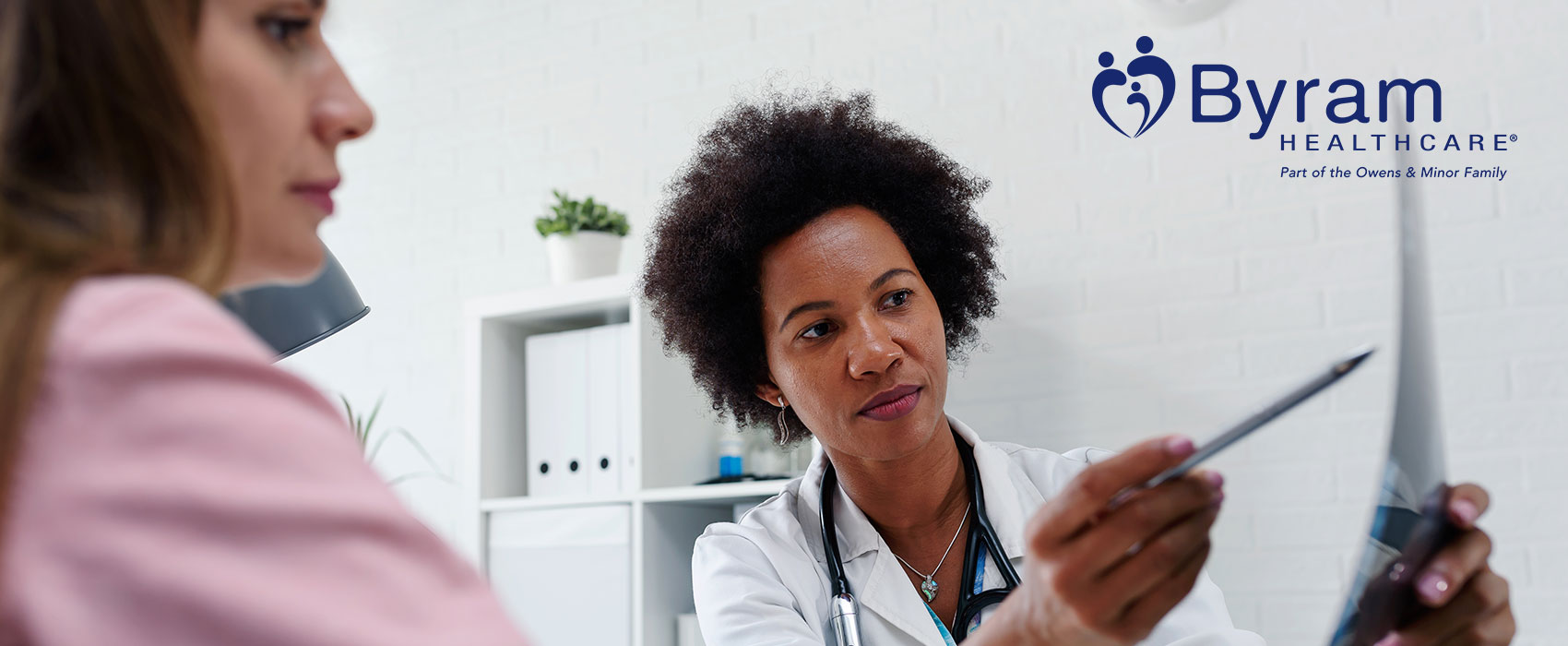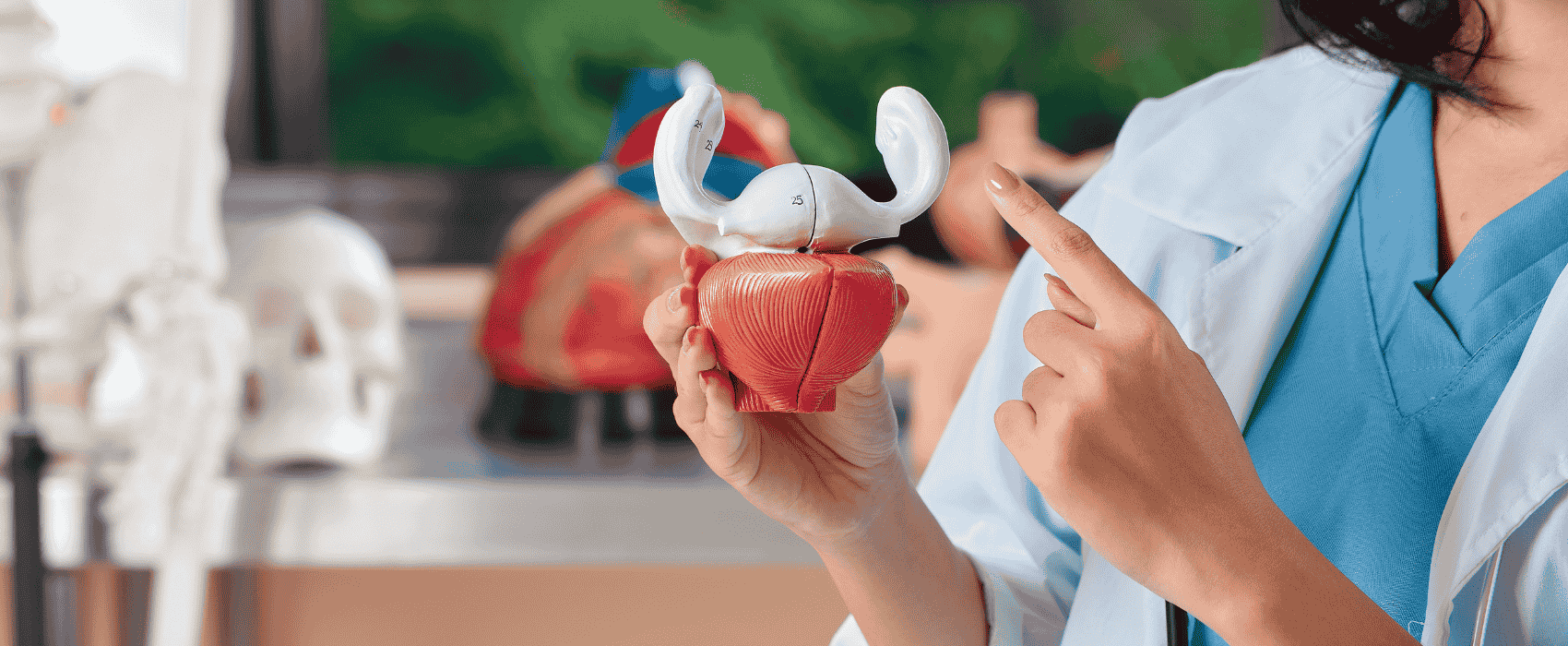
Breast cancer is one of the most common cancers among women in the United States. Even across the world it’s considered one of most common cancers and often has debilitating affects.1 In the United States alone about 1 in 8 women will develop breast cancer at some point throughout her lifetime, but not all cases are fatal.1 When caught early enough, while the cancer is still localized, the survival rate skyrockets. Currently, there are over 3.5 million breast cancer survivors in the United States with more getting cured everyday.1 The key is to catch breast cancer early, which is why it’s so important to perform regular self-check ups and see your doctor annually.
Along with early detection, the increase in awareness of breast cancer and its prevalence among women has led to a stronger concentration on finding better treatment options and thus, more optimistic outcomes. One of the most effective breast cancer treatments, however, has some pretty difficult side effects. In this article, we’ll explore the urologic side effects of breast cancer treatment and everything you need to know about how to mitigate them.
Some Background on Breast Cancer
Before going into more detail, it’s important to understand a little background on breast cancer. First of all, every breast is unique. What might be normal for one person isn’t necessarily normal for another. The important thing to monitor in breasts is any changes over time, but even this isn’t a definitive cause to be concerned. Breasts change and these changes can be results of your period, pregnancy, breastfeeding, gaining or losing weight, and even certain medications.2 As you age, your breasts are going to continue to change. Additionally, there are a number of conditions that can cause a lump to appear in your breasts aside from breast cancer.2 For example, two of the most common causes of breast lumps are fibrocystic breast conditions and cysts.2
To better understand your body and catch signs of lumps early, performing self-checks are recommended. Just remember, if you find a lump, don’t start panicking. Schedule an appointment with your doctor to investigate further and come to a diagnosis. Often, the lumps are non-cancerous and go away on their own.
While checking for lumps is one of the most common ways of early detection, there are still other symptoms that you should watch out for. Some of the early warning signs of breast cancer include:3
- An increase in size of breasts
- An change in shape of breasts
- Skin changes or visible differences in one or both breast
- Changes in the appearance of one or both nipple
- Non-milk related nipple discharge
- General breast pain
- Lumps or nodes on breasts
- Change in breast color
- Irritation or itchiness
- Peeling or flaking of nipple skin
- Changes in touch
- Redness or pitting of breast skin
If you notice one or more of these symptoms, it’s a good idea to call your doctor and get more detail. A lot of other conditions or fluctuations in hormones can contribute to the symptoms above so
Breast Cancer Treatment Options
If you go to the doctor and your diagnosis is breast cancer, don’t worry. There is hope. Advancements in treatment options for breast cancer have gotten better over the years and the survival rate continues to rise. Currently, there are several ways to treat breast cancer depending on the type and stage. Some of the treatment options include surgery, chemotherapy, hormonal therapy, biological therapy, and radiation therapy.4
Surgery works by cutting out the cancer tissue. Chemotherapy works to shrink and eventually kill cancer cells.4 Hormonal therapy uses a technique to effectively block cancer cells from getting the hormones essential to growth.4 Biological therapy tunes into your immune system to fight cancer cells, control side effects, and help enhance your overall recovery.4 And radiation therapy uses high-energy rays to target and kill cancer cells.4
Depending on the type of breast cancer that you have, and the stage it’s in, your doctor will recommend one or a combination of the above treatment options.
The Link Between Breast Cancer Treatment and Urinary Problems
Now, you’re probably wondering what the correlation is between breast cancer, treatment options, and urinary problems in women. Unfortunately, many cancer treatments tend to have adverse affects on the rest of the body—including the urinary tract system. The problem is that breast cancer treatments tend to lower the critical sex hormones in a woman’s body—osetrogen and progesterone.6 When these hormones drop, they can lead to urinary problems such as urinary tract infections, bladder infections, or problems with incontinence.6
Oestrogen is a hormone that helps keep the urethra healthy and contributes to strong pelvic floor muscles.6 When the urethra doesn’t get enough oestrogen, its natural elasticity lowers, which contributes to infection or even just the feeling of irritation.6 When pelvic floor muscles weaken, incontinence issues can occur. While not every woman will experience these side effects, they’re more common than you’d think.
When you undergo chemotherapy, the chances of developing some sort of bladder problems rise.5 Chemotherapy on it’s own is a bladder irritant, for both men and women alike.5 Since women are more susceptible to developing urinary tract infections (UTI) already, a lot of women who undergo chemotherapy will develop the symptoms of a UTI or bladder infection.5 The problem is that a lot of times, these symptoms don’t go away once the treatment is finished. Chemotherapy has a lasting affect on the bladder, especially if the chemotherapy has a hormonal affect. In the same regard as hormonal therapy, when chemotherapy has anti-estrogen properties it can lead to vaginal atropy.5 Over time, vaginal atrophy leads to bladder issues and recurrent or chronic urinary tract infections.5 Finally, due to the fact that many patients undergoing chemotherapy are immunosuppressed, the chances of infection becomes more prevalent.5
To be clear, there is a very good chance that if you experience symptoms of a UTI or bladder infection during breast cancer treatment it’s exactly that—an infection. To make sure that you’re staying healthy and treating any infections, talk to your doctor if you experience any signs or symptoms. A proper diagnosis will allow you to create the appropriate treatment plan. However, an underlying infection isn’t always the cause. The feeling of having a bladder infection or UTI has been known to linger in women undergoing breast cancer treatment, without presence of an actual infection.5 While this isn’t widely known or discussed, it’s actually fairly common.
Luckily, there are ways to combat these feelings and alleviate symptoms. Work with your doctor to discuss your options and rule out any chance of infection prior to trying alternative ways to eliminate urinary irritation. If there is no sign of infection, try the following:5
- Prioritize your hydration levels. Always drink plenty of water before, during, and after chemotherapy to help reduce irritants.5
- Get to know your body and avoid any foods or drinks that irritate your bladder. Some common ones include caffeine, spicy foods, acidic foods, carbonated drinks, and more.5
- If you feel constipated, try to alleviate it with natural foods, drinks, or doctor-approved medications. Constipation can put pressure on your bladder, which can lead to bladder irritation or symptoms.5
Another one of most common breast cancer treatment options is hormonal therapy, as it’s been shown to successfully increase the chances of remission and a potential cure. Hormone therapy using tamoxifen or aromatase inhibitors are the most common for treatments. Tamoxifen works to block estrogen receptors on breast and breast cancer cells so that the estrogen can’t reach them.7 This means that the cancer cells won’t get the hormones they need to reproduce and spread. Similarly, aromatase inhibitors work to suppress estrogen in the body so that cancer cells are not fed.7 Your doctor may use one of these drugs or a combination of both in your treatment plan. When used for treatment, both tamoxifen and aromatase inhibitors can lead to vaginal dryness, itching, irritation, painful intercourse, painful urination, or recurrent urinary tract infections.7 Since many women are unaware of these side effects, they often go left untreated and are instead pushed aside as an afterthought of cancer treatment.
You don’t have to suffer through these side effects while battling breast cancer. There are ways to help you alleviate urologic side effects of breast cancer treatment. You can make a few lifestyle changes, as discussed above, in addition to adding non-hormonal vaginal moisturizers or lubricants.7 More a more in-depth discussion about what you can to do alleviate these symptoms, talk to your doctor today.
Conclusion
If you’re undergoing breast cancer treatment and notice any urologic side effects, don’t hesitate to talk to your doctor today. It’s important to rule out infection or treat infections that are active. If there is no indication of infection, there are things you can do to alleviate your symptoms and get relief. If you need any urological supplies or additional educational resources, visit our educational support page or our product selection guide. Byram Healthcare is proud to offer full-service urological care and we have all the high quality urological supplies that you need. Plus, all of your orders can be discreetly delivered to your home, at any time of the day. If you need personalized, confidential services, our teams of knowledgeable urological customer service specialists are here to help.
Sources:
1https://www.nationalbreastcancer.org/breast-cancer-facts
2https://www.cdc.gov/cancer/breast/basic_info/symptoms.htm
3https://www.cancercenter.com/cancer-types/breast-cancer/symptoms
4https://www.cdc.gov/breast-cancer/
5https://www.chesapeakeurology.com/blog/2017/12/13/urologic-side-effects-of-breast-cancer-treament/
7https://intimmedicine.com/blog/2012/07/30/breast-cancer-treatment/




